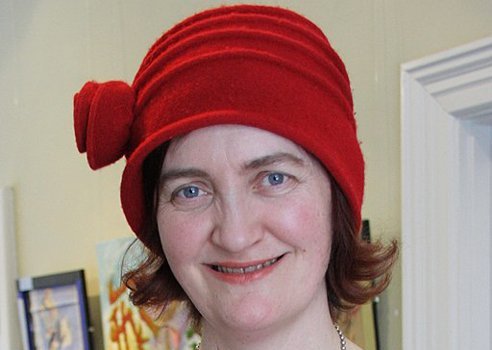Reading time: About 1 minute
I like to share interesting pieces of figurative language I encounter in my reading. I write today about similes and metaphors from Emma Donoghue…
Emma Donoghue is an Irish-Canadian playwright, literary historian, novelist, and screenwriter. Her 2010 novel Room was a finalist for the Booker Prize and an international best-seller. She adapted it into a film of the same name and earned an Academy Award nomination for Best Adapted Screenplay.
I’ve long been a fan of her work, including The Pull of the Stars, The Wonder, which is one of my favourites. (It tells the story of a ‘fasting girl’ in nineteenth-century Ireland and the English nurse sent to watch her.)
Emma Donoghue’s most recent book, Haven, which is set in seventh-century Ireland, tells the story of a monk named Artt who has a dream in which God tells him to leave the sinful world behind.
With two monks —young Trian and old Cormac—he rows down the River Shannon in search of an isolated spot in which to found a monastery. Drifting out into the Atlantic, the three men find the steep, bare island known today as Skellig Michael.
I found the story to be both intense and gripping, although not as redemptive as I would have liked at the end. Still, Emma Donoghue shows her usual flair for short, sharp figurative language. Here are my favourite examples:
- Chatter, argument, laughter; the hubbub of Gaelic rises and fills the hall like smoke.
- A rare smile lights Artt’s face like the moon through cloud.
- To travel is to turn the pages of the great book of life.
- Cormac is breathing as loudly as a horse, nostrils flared.
- The eagle’s deep-fingered wings are as big as a pair of doors.
[Photo credit: Cropped and licensed under the Creative Commons Attribution-Share Alike 4.0 International license. Photo by Katrina Afonso.]


